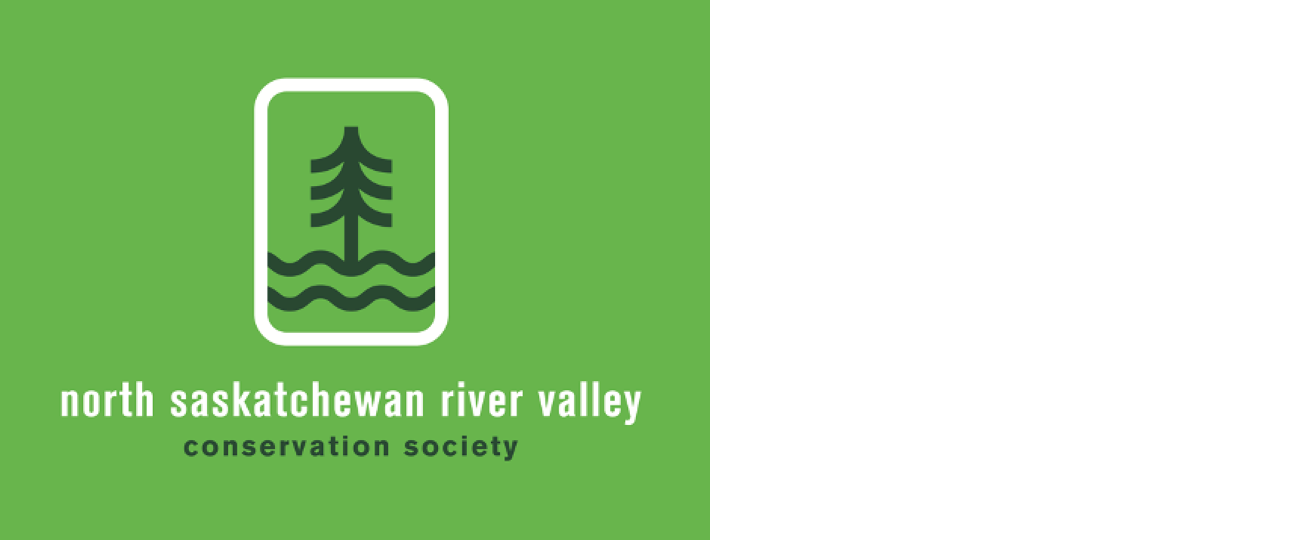North Saskatchewan river finally busts the myth that lakes are superior
If you ask any Edmontonian what's the best thing about living in Edmonton, most will say the river valley. The river valley park is a source of pride and natural beauty held close to the hearts of Edmontonians. However, we don't seem to hold the same affection for the river itself.
This sentiment was made clear in a poll put out by EPCOR to determine the top myths about the North Saskatchewan River (NSR) among Edmontonians. One of the top five myths was that lakes are better than rivers. After chatting with experts to get the true facts about the NSR, EPCOR was able to respond with the following information.
To start, the water quality in the NSR at Edmonton is rated as ‘good to excellent’ and has low nutrients, pathogens (i.e. bacteria) and other contaminants. Being a moving water source, the river doesn't have some of the same issues you might see at a lake or standing water source.
To add, most of the river bottom is rock, gravel, sand or silt and the sediment has little to no odour. In contrast, many recreational lakes in Alberta typically have muddy bottoms which often have an odour due to decomposition of plants and other organic materials. As well, lake algal blooms can contribute to odour and aesthetic issues and lakes can house snail species which are the intermediate host for the dreaded swimmer's itch.
The final reason why rivers are better than lakes is because dissolved oxygen concentrations remain high in the former throughout the entire year providing habitat for a wide variety of fish species. In contrast, several recreational lakes in Alberta can experience low dissolved oxygen concentrations caused by large amounts of algae or aquatic plants which can cause large mortalities of fish during 'winter kill' or 'summer kill' events. https://www.epcor.com/ca/en/ab/edmonton/operations/water-wastewater/north-saskatchewan-river/river-myths.html
Black bears not considered true hibernators by scientists
Rick Price photo
The relationship between humans and black bears has been a tense one since the early days of European settlement. Although agricultural development has made the black bear somewhat scarce, the species often uses wooded river valleys as natural highways to move from one suitable location to the next. Occasionally, this includes the bustling North Saskatchewan River valley of Edmonton.
In winter, black bears go into a dormancy period during which they do not eat, drink, urinate, or defecate. A dormant black bear can slow its metabolism to 25% of normal levels and its heart rate may be reduced to as few as nine beats per minute. But unlike many hibernating species, which can drop their body temperature to near freezing, bears only experience a small drop in body temperature while dormant. For this reason, some scientists do not consider them to be true hibernators, though this remains a point of contention.
The den used for hibernation is a simple dirt hole that the bear digs out, often under a fallen tree, large rock, or overhanging bank. A spot likely to get covered by snow is optimal, as snow helps to insulate the den from the frigid air outside. To prepare for its time of dormancy, the black bear eats ravenously in late summer and early fall, consuming about 20,000 calories per day. The fat reserves that are built up keep the bear alive through winter. https://naturealberta.ca/black-bear/
EHS presents ‘Call of the Forest’ film on Sunday March 2 at 1:30pm
Edmonton Horticultural Society (EHS) will be screening ‘Call of the Forest: The Forgotten Wisdom of Trees’ on Sunday March 2 from 1:30pm to 3:30pm. The screening will be taking place at Garneau Theatre located on 8712 109 Street NW.
The documentary follows visionary scientist Diana Beresford-Kroeger as she takes us on a journey to the ancient forests of the northern hemisphere. Throughout the film, Diana reveals the profound connection that exists between trees and human life and the vital ways that trees sustain all life on the planet.
Tickets are free for EHS members and $10 for non-members. You can purchase tickets and memberships at the door. https://mailchi.mp/024bb9c0cdc1/what-you-need-to-know-for-february-16574665?e=58e3cc8bf0
February 6 Issue
Raquel wrote “Great edition”
City pools responsible for excluding Black Edmontonians in the 20s
Ron says “Thank you for including the history of anti-Black sentiment in Edmonton. I will pass that on to my grandchildren who, I am happy to say, are in school learning much more about Canada's social history than I ever did.”
City designates 100+ year old south side market a historic resource
Teresa shares “Our ‘gem’ is being sold by the city of Edmonton.”
Boy and Dog by John Robinson, Paul Kane Park https://www.edmontonarts.ca/public-art/boy-and-dog
Comment or Contributions
Please note articles may not reflect the position of NSRVCS. River Valley News is meant to be a clearinghouse for the variety of opinions and ideas about Edmonton’s River Valley.
Email river valley photos, event information, comments, or questions to nsrivervalley@gmail.com
Forward this link to anyone you think may want to sign up for this newsletter https://www.edmontonrivervalley.org/newsletter-signup





